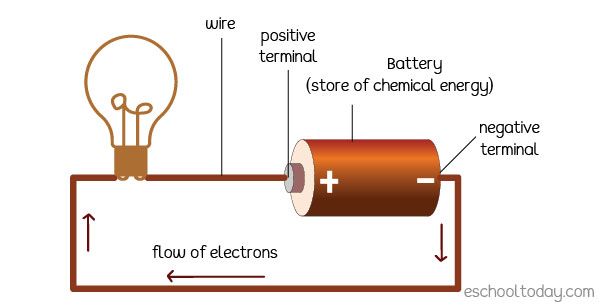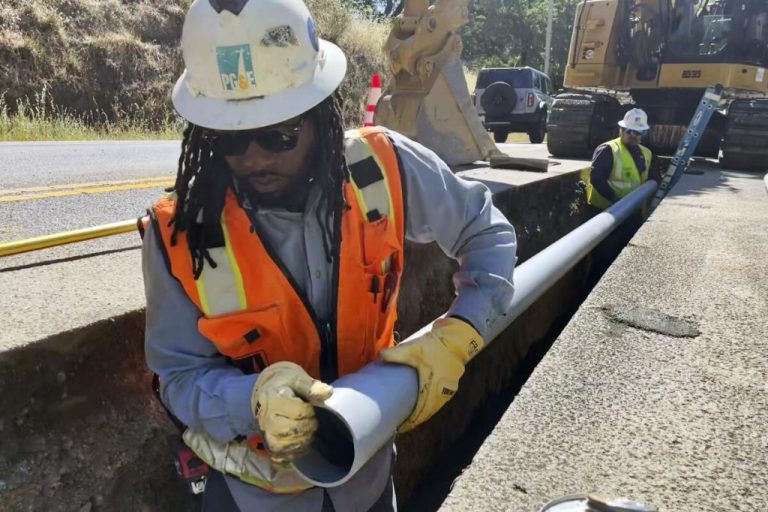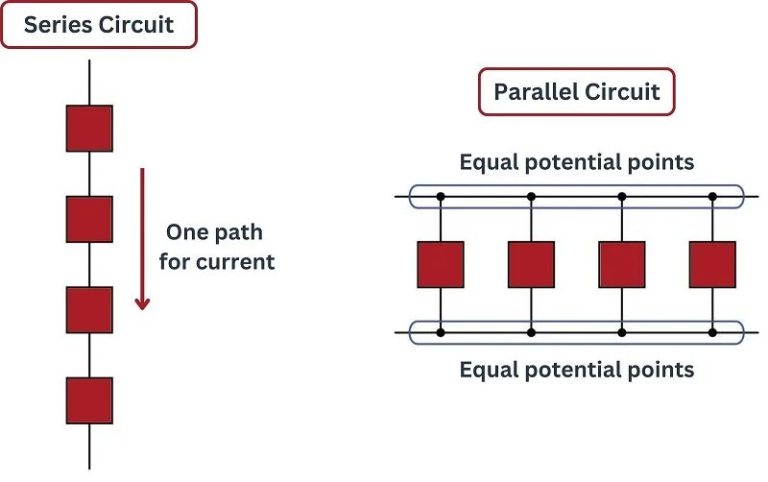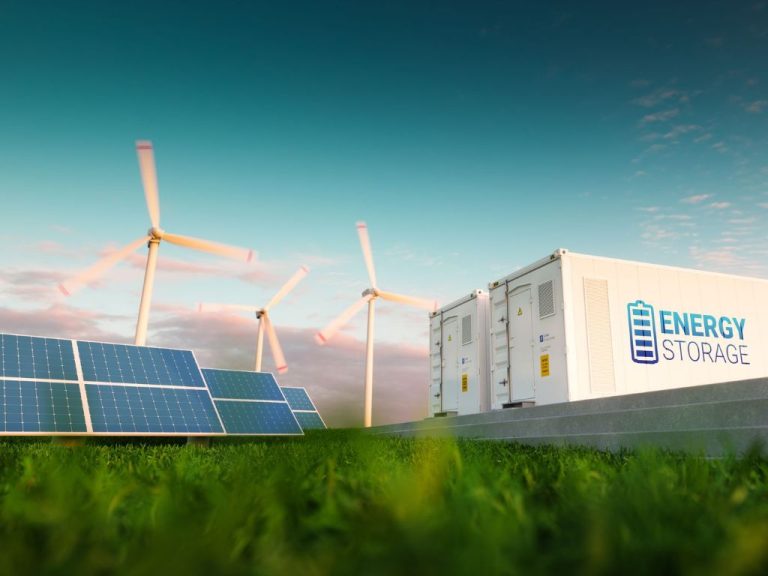How Long Does Power Washing A House Last?
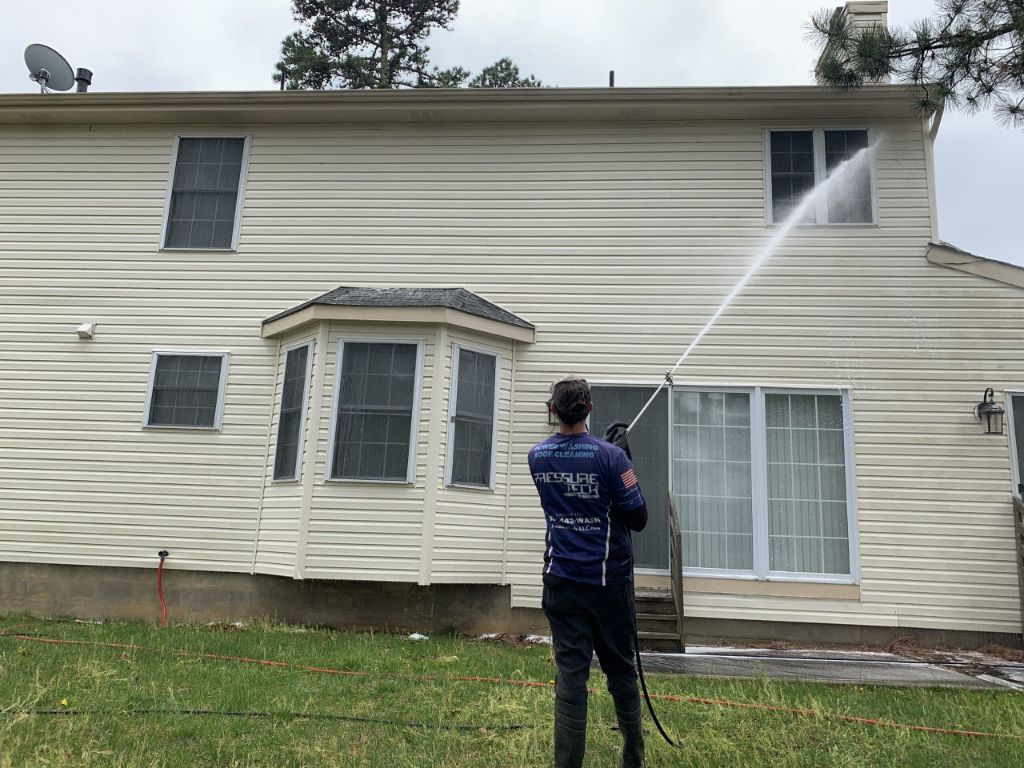
Power washing, also known as pressure washing, is a method of cleaning surfaces like houses, decks, and patios using a high-pressure spray of water. It’s an effective way to remove dirt, mold, mildew, grime, and other contaminants from outdoor surfaces. The pressurized water is sprayed out of a wand attachment at pressures ranging from 500 to over 5000 PSI (pounds per square inch).
Power washing provides many benefits for homes and businesses:
- Removes stubborn dirt and grime from surfaces like siding, roofs, decks, concrete, etc.
- Restores the original color and appearance of surfaces
- Kills mold, mildew and algae
- Makes surfaces safer by removing slippery moss and algae
- Extends the life of decks, fences, siding and other areas
- Improves curb appeal and home value
Overall, power washing is an effective way to clean and restore the exterior of homes and buildings.
What is Power Washing?
Power washing, also known as pressure washing, refers to the process of using a high-pressure water spray to remove loose paint, mold, grime, dust and dirt from surfaces and objects like houses, decks, concrete, vehicles etc. The water pressure is increased by a power washer or pressure washer through the use of a pump and can go anywhere from 1,500 to upwards of 10,000 PSI (pounds per square inch)
Power washers pump water at high pressure through a trigger gun. The resulting spray of water acts as an extremely abrasive cleaner that can dislodge stubborn dirt, debris, stains and buildup that may accumulate over time. The powerful water stream can reach into crevices and cracks that other cleaning methods may miss.
Power washing is superior to regular washing as the high-pressure allows for deeper cleaning. It can restore various surfaces and extend their lifespan. Power washers make cleaning large areas like driveways, sidewalks, decks etc. much faster and convenient.
Sources:
https://en.wikipedia.org/wiki/Pressure_washing
Typical Power Washing Process
The typical process for power washing a house involves several key steps:
1. Prep the house – This involves covering any delicate landscaping, sealing doors and windows with plastic, and removing items from the exterior like outdoor furniture. It’s also recommended to spray plants with water before starting. (Source)
2. Mix your cleaning solution – Often a mix of bleach or detergents is used. The solution helps lift dirt and grime from the surfaces. Make sure to use chemicals intended for exterior house washing. (Source)
3. Start at the bottom and work up – Begin power washing at the bottom of the house and systematically work your way up. This prevents streaking from dirty water runoff. (Source)
4. Use horizontal motions – Spray in a side-to-side sweeping motion when power washing. Avoid spraying up and down. Overlap strokes for complete coverage. (Source)
5. Rinse thoroughly – After washing each section, rinse it thoroughly to remove any leftover cleaning solution residue. This prevents streaking or blotchiness. (Source)
6. Check for missed spots – Once finished, inspect the entire exterior for any remaining dirt. Re-clean if needed.
Factors That Affect Duration
Several factors affect how long the results of power washing a house will last:
Size of the house. Larger homes with more exterior surface area will take longer to power wash than smaller homes. A two-story, 5-bedroom home will require more time than a small, single-story cottage.
Condition of the house. Homes with excessive grime, mold, mildew and other buildups will require more time to pressure wash thoroughly versus homes that are relatively clean. Removing years of built-up dirt and staining will lengthen the process.
Type of exterior. Wood, vinyl, brick and concrete siding all require varying techniques and time investments. Porous surfaces like concrete may need special chemicals to deeply clean.
Weather conditions. Power washing is least effective in hot, sunny weather when surfaces dry too quickly. Cool, cloudy days allow more time for the water and cleaning agents to penetrate exterior materials.
Experience of the power washer. Professional power washers work faster than DIY homeowners with limited experience.
Accessibility of the home. Multi-story homes where upper levels are difficult to reach will naturally take longer.
Overall, power washing larger homes that are very dirty with multiple building materials in unfavorable weather conditions will require the most time. Smaller vinyl-sided homes that are moderately dirty can be cleaned faster under ideal weather conditions and with an experienced power washer.
Typical Duration
For an average sized 2 story house of around 2,000-3,000 square feet, the typical duration to power wash the entire exterior is 1-2 days. According to Perfect Power Wash, a 2,000 square foot home can take anywhere from 1-3 hours to fully power wash depending on factors like the number of workers, type of surfaces, and level of grime (https://perfectpowerwash.com/how-long-does-it-take-to-power-wash-a-house/). With proper preparation, an experienced 2-3 person crew can usually complete the job in a single 8-10 hour workday. For larger homes, it may take closer to 2 full days. Proper planning and having enough helping hands can optimize the workflow and avoid the job dragging on too long.
Longevity of Results
The results of power washing a house typically last between 6 months to 1 year before needing to be redone, depending on several factors. Power washing removes dirt, mold, mildew and other buildup from a home’s exterior, but it is not a permanent solution. Over time, the elements will cause the siding to become dirty again.
In areas with a lot of rainfall, pollen or pollution, the cleaning effects of power washing may only last about 6 months before a home starts to look dingy again. In drier climates, power washing can keep a home looking clean for up to a year. For homes with vinyl, aluminum or other smooth siding, results may last a bit longer than wood or brick exteriors.
While power washing provides an immediate deep clean, it does not stop the ongoing accumulation of dirt and buildup. To maintain results longer, homeowners should periodically spot clean troubled areas by hand every month or two. Power washing once a year is usually sufficient to keep the exterior looking refreshed.
Best Practices for Power Washing a House
To get the best results from power washing a house, it’s important to follow proper techniques and safety precautions. Here are some best practices to keep in mind:
Proper preparation is key. Cover any landscaping, lawn furniture, and other items near the house with tarps or plastic sheeting. Seal off all external vents, windows, and doors with plastic and painter’s tape to prevent water intrusion. Test any cleaning solutions on a small, inconspicuous area first to ensure it will not damage the surfaces.
Use the right power washing equipment for the job. Gas-powered pressure washers over 3,000 PSI are ideal for house exteriors. Choose the right nozzle spray pattern and keep the nozzle 18-24 inches from the surface. Work methodically in sections starting from the bottom up.
Select exterior cleaning solutions designed specifically for power washing houses. Look for environmentally-friendly formulas that remove dirt, mold, mildew, and other common grime without damaging siding or paint. Avoid bleach solutions as they can discolor exterior surfaces over time.
Take care when working around more delicate areas like windows, doors, and decorative trim. Use lower pressure and keep the nozzle farther away to avoid damage. Rinse thoroughly after washing each section.
Always follow the manufacturer’s instructions for mixing and diluting any cleaning agents. Wear protective gear like closed-toe shoes, gloves, and eye protection when power washing.
Proper power washing technique helps enhance cleaning results while minimizing risk of damage to a house’s exterior. Investing a little extra effort upfront can maintain your home’s curb appeal for longer.
Maintenance
Proper maintenance of your pressure washer is key to extending the duration of your power washing results. Here are some tips:
Rinse Out the Pump – After each use, run water through the pump for 1-2 minutes to flush out any debris or residue. This helps prevent mineral deposits from building up over time (1).
Use a Pump Protector – Adding a pump protector product to the water reservoir can help prevent corrosion and damage inside the pump when storing (2).
Follow Storage Best Practices – Drain all water from hoses and the pump, wipe down exterior surfaces, and store indoors or with a cover to prevent damage from weather and UV rays (3).
Change Nozzles – Inspect and replace worn nozzles regularly to maintain maximum cleaning power.
Clean Filters – Clean any inline filters as recommended by the manufacturer to maintain optimal water flow.
Sources:
(1) https://www.pressurewashersdirect.com/stories/907-How-to-Take-Care-of-Your-Pressure-Washer.html
(2) https://www.familyhandyman.com/list/pressure-washer-maintenance-and-tips/
(3) https://www.youtube.com/watch?v=h_GuMaIhLss
When to Re-wash
There are a few key signs that indicate it’s time to re-wash the exterior of your home:
- Visible dirt, mold, or mildew – If you notice dark streaks, spots, or stains appearing on your home’s siding, roof, or other exterior surfaces, it’s a sign that a fresh coat of dirt and grime has built up and it’s time for a power wash. This is especially common in humid climates where mold and mildew thrive.
- Chalky discoloration – Over time, some types of siding like wood or cement fiber board can develop a chalky, faded appearance as the materials start to break down on the surface. Power washing removes this and restores the original color.
- Flaking or peeling paint – Pressure from the power washer can remove loose paint that is flaking or peeling, preparing the surface for repainting.
- Loss of “curb appeal” – If your home’s exterior just doesn’t look as sharp as it used to, with dull, faded surfaces, a power wash can often restore its original beauty and “wow factor.”
As a general rule of thumb, aim to power wash the exterior of your home at least once a year. For homes in climates with a lot of rainfall, humidity, pollen or damp weather, washing every 6-8 months may be needed to keep things looking pristine.
Conclusion
In summary, the duration and longevity of a power washing job depends on several key factors. These include the size and condition of the surface being cleaned, the intensity/pressure of the power washer, and the technique used by the cleaner. For an average sized single story home with vinyl or wood siding in decent condition, the initial wash may take 2-6 hours. Results can last 1-3 years before maintenance washing is needed, and a full re-wash may be required every 3-5 years. Proper preparation, using efficient motions and optimal settings, and protecting landscaping can help extend the life of a power wash. With proper care and upkeep, power washing can restore the look of a home’s exterior and provide long-lasting results.

